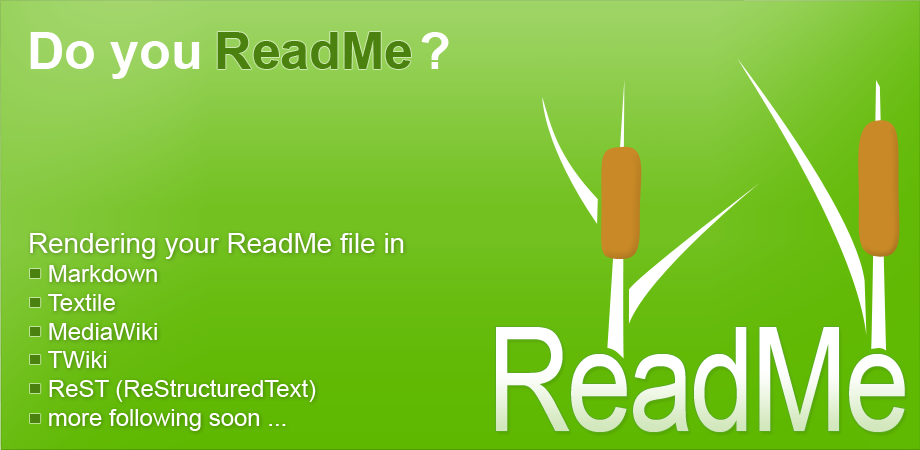Articles for the ‘Apps’ Category
Tuesday, November 17th, 2015
When it comes to the field of hybrid mobile application development, Ionic and its tool-stack is often an attractive choice.
Now there is Ionic Creator to speed up the development process offering an in-browser editor to create user interfaces via drag and drop and supporting basic templates for mobile applications like tabbed layouts etc.
In addition, a project created with this tool may be downloaded and started with easy and that’s what I’d like to show in the following short example.
(more…)
Tags: ajax, Android, angular, angularjs, controller, cordova, creator, directive, emulator, hybrid, ionapp, ionic, ionview, ios, javascript, js, mobile, npm
Posted in Android, Apps | 2 Comments »
Sunday, May 3rd, 2015
Nowadays in the realm of hybrid mobile application development there is a variety of available frameworks worth having a look at.
In the following tutorial I’d like to demonstrate the development life-cycle for a complete mobile application using Ionic, Cordova and AngularJS (and others) covering every step from the initial project setup, creating Angular Controllers, Directives, adding Cordova Plug-Ins, running and testing the application in the browser and emulator up to finally running the application on an Android device and assembling files for a release.
Finally I’d like to show some special features from the Ionic ecosystem like the Ionic Cloud and running our applications using the IonView app.
(more…)
Tags: ajax, Android, angular, angularjs, controller, cordova, cors, directive, emulator, gulp, hybrid, ionapp, ionic, ionview, ios, javascript, js, json, logcat, mobile, npm, sop
Posted in Android, Apps, Development | 7 Comments »
Tuesday, July 9th, 2013
Recently I needed to control an embedded web container from a Java application and I wanted to see how this could be achieved using an embedded instance of either Tomcat or Jetty here.
In the following short examples I would like to show how to embed both servers in an application in no time using Gradle or Maven as build tool.
(more…)
Tags: catalina, gradle, Java, jetty, server, servlet, tomcat
Posted in Apps, Java, Web | 11 Comments »
Sunday, June 23rd, 2013
It’s been a long way for Java FX from the days of the F3 project the current release 2.2. Today there are many options how to create a Java FX application .. you may be using Java, Scala, Groovy or Visage, you may create your application in a programmatic way using the comfortable integrated builders or you may create your views using XML layouts and easy data-bindings with a few annotations.
If you need to bind your UI component properties to a specific application state, there’s a nice properties- and bindings API that makes your life easier.
In the following tutorial, I’m going to create a simple game application – one version using FXML templates, model- and controller classes and using external stylesheets – the other version as a programmatic version in one java class.
Finally I’m showing how easy it is to create a shippable application either as runnable jar or as Java Web Start/JNLP application by using Gradle and the Java FX Plugin for Gradle.
(more…)
Tags: game, gradle, gui, Java, java fx, javafx, plugin, rc, rich client
Posted in Apps, Java | No Comments »
Monday, November 12th, 2012
There are a lot of frameworks out there to create offline applications and rich clients in Java.
One exotic alternative is to use the HTML, CSS and Javascript for this purpose and render the application in a Java frame using SWT and SWT’s browser component.
(more…)
Tags: bootstrap, css, html, Java, ri, richclient, swt
Posted in Apps, Java | 3 Comments »
Sunday, August 12th, 2012

Happy news for us, Theresa and I we’ve won the Atlassian Codegeist Competition 2012 with our Stash Readme Parser Plugin in the category: Best Stash Plugin.

We had two other plugins in the game, the Stash QR Code Plugin and the HTTP Request Workflow Function for Jira.
If you’re interested please take a look at the plugins in the Atlassian Marketplace our funny looking Pirate Ninja Unicorn Website or the project’s overview in my blog.
Resources
Tags: Atlassian, award, codegeist, competition, jira, plugin, stash, unicorn
Posted in Apps, Confluence, Java | No Comments »
Sunday, March 18th, 2012
Since I got a new tablet running Android 4.0 aka ice cream sandwich I wanted to play around a bit with the fragments API and creating an application for a tablet.
In the following tutorial, we’re going to build an application that renders several articles from a popular tech blog (just kidding) in a web view.
(more…)
Tags: adb, Android, fragment, ice-cream, mobile, tutorial
Posted in Android, Apps, Java | No Comments »
Saturday, June 18th, 2011
 I’ve released a new plugin for the popular Confluence Wiki that extends the user profile with new tab that displays the user’s vcard as a QR code.
I’ve released a new plugin for the popular Confluence Wiki that extends the user profile with new tab that displays the user’s vcard as a QR code.
This allows an easy import of address data from Confluence to your smartphone.
(more…)
Tags: app, Confluence, plugin, qr, qr code, vcard
Posted in Apps, Confluence | 3 Comments »
Monday, May 30th, 2011
 I have created a new, free plugin for Confluence, the popular enterprise wiki.
I have created a new, free plugin for Confluence, the popular enterprise wiki.
The plugin allows you to notify users of ongoing discussions in comments on a confluence page by posting a specific token including the user’s name like this: “@username:”
(more…)
Tags: Atlassian, comments, Confluence, plugin, social
Posted in Apps, Confluence | No Comments »



